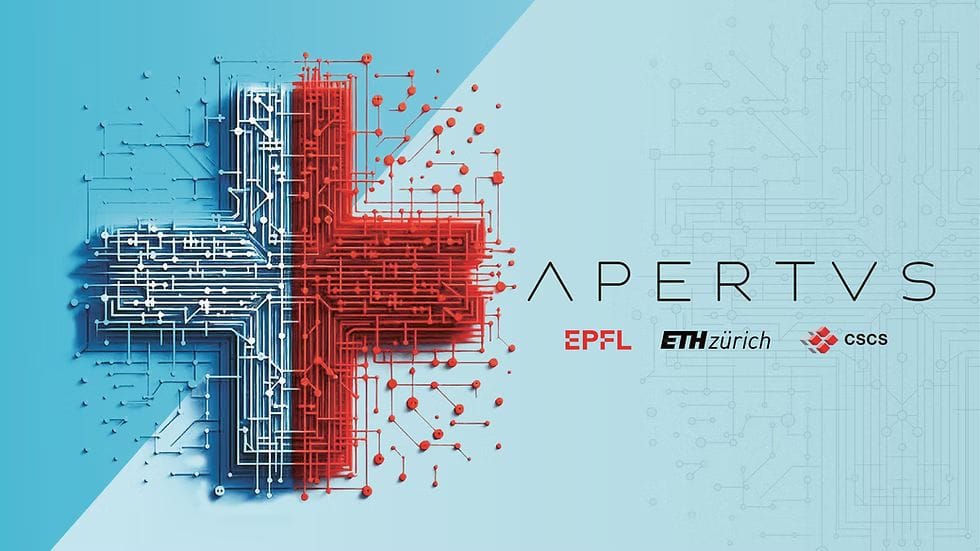Over the past year, Big Tech’s control over AI development has tightened significantly. OpenAI has restricted API access for researchers, Google has limited model customization, and Meta has imposed stricter usage terms on its AI systems.
At the same time, governments worldwide are introducing AI regulations and agreements that could enable greater surveillance, potentially threatening privacy and freedom of speech.
Against this backdrop of increasing control, Swiss researchers just dropped something very interesting. An open source, multilingual AI model called "Apertus" that aims to challenge the dominance of proprietary systems like ChatGPT while prioritizing transparency, accessibility, and ethical AI practices.
Apertus Sets New Standard for AI Transparency

This AI model takes its name from the Latin word for "open" and is a strategic collaboration between EPFL, ETH Zurich, and the Swiss National Supercomputing Centre (CSCS) as part of the Swiss AI Initiative.
Apertus was trained using publicly available data (15 trillion tokens), with personal data removed and website opt-out requests respected. It supports 1,811 languages, including underrepresented ones such as Swiss German, Romansh, and many others.
The technical specs are impressive too. Apertus comes in two flavors: an 8 billion parameter model perfect for individual developers and a massive 70 billion parameter version built for enterprise applications.
The model demonstrates capabilities in text generation, question answering, and multilingual understanding. Both variants perform well on multilingual benchmarks and support extended context lengths for complex tasks.
The team isn't stopping here either. Future plans include domain-specific adaptations for healthcare, law, education, and climate research applications.
Get Apertus
Apertus is released under a custom open source license (Apertus LLM Acceptable Use Policy) that allows both research and commercial use. It is available through Hugging Face, Swisscom, and the Public AI Inference Utility.
More information and resources can be found on the official website and technical report.


